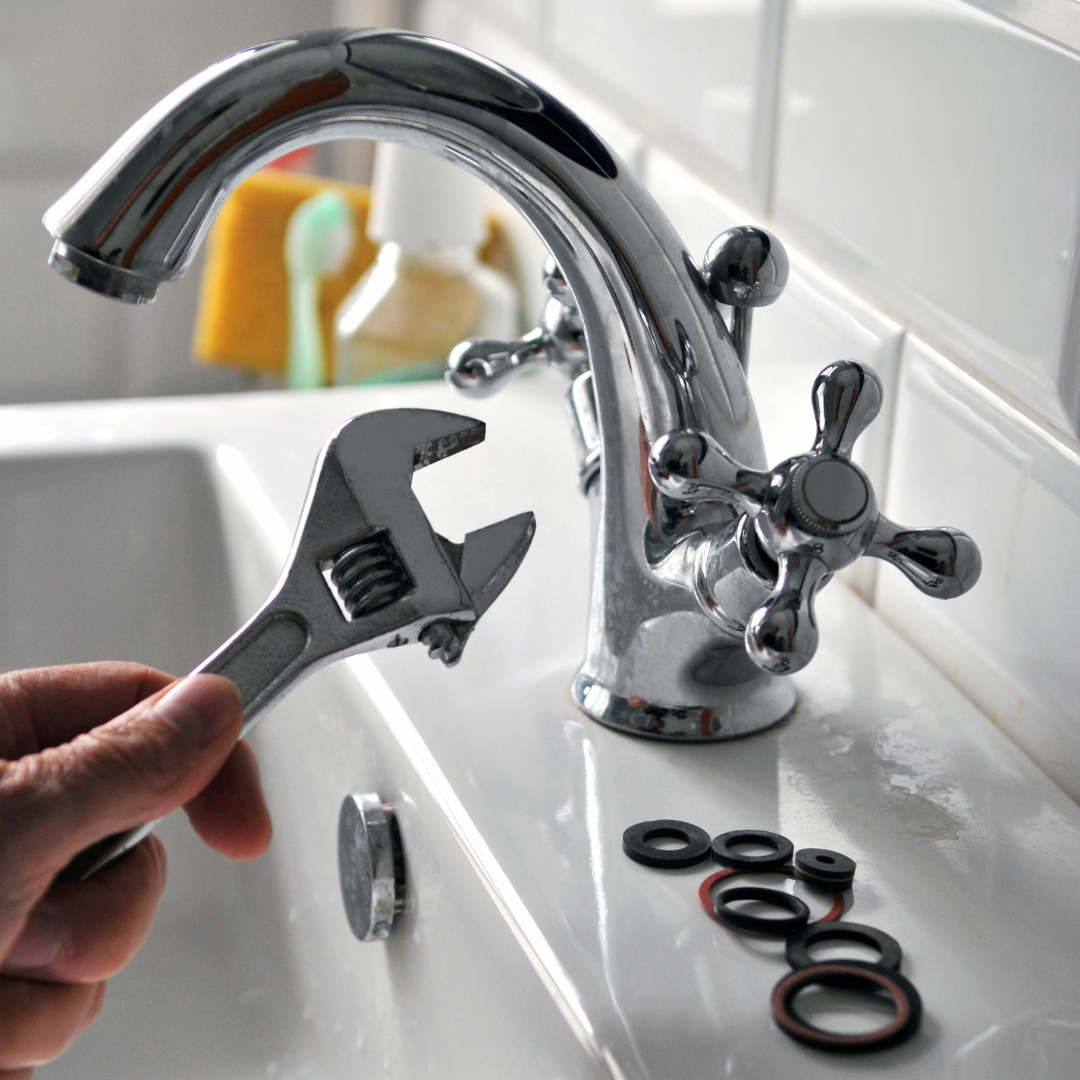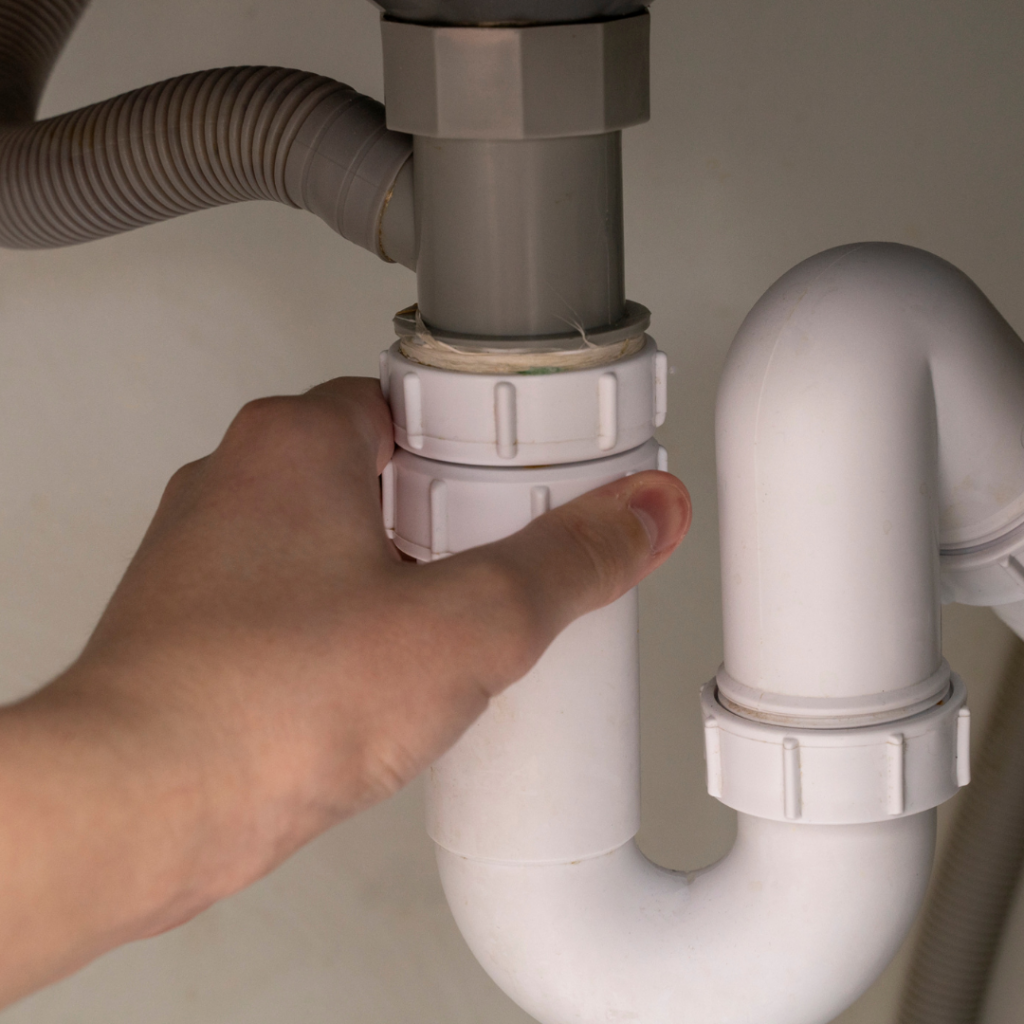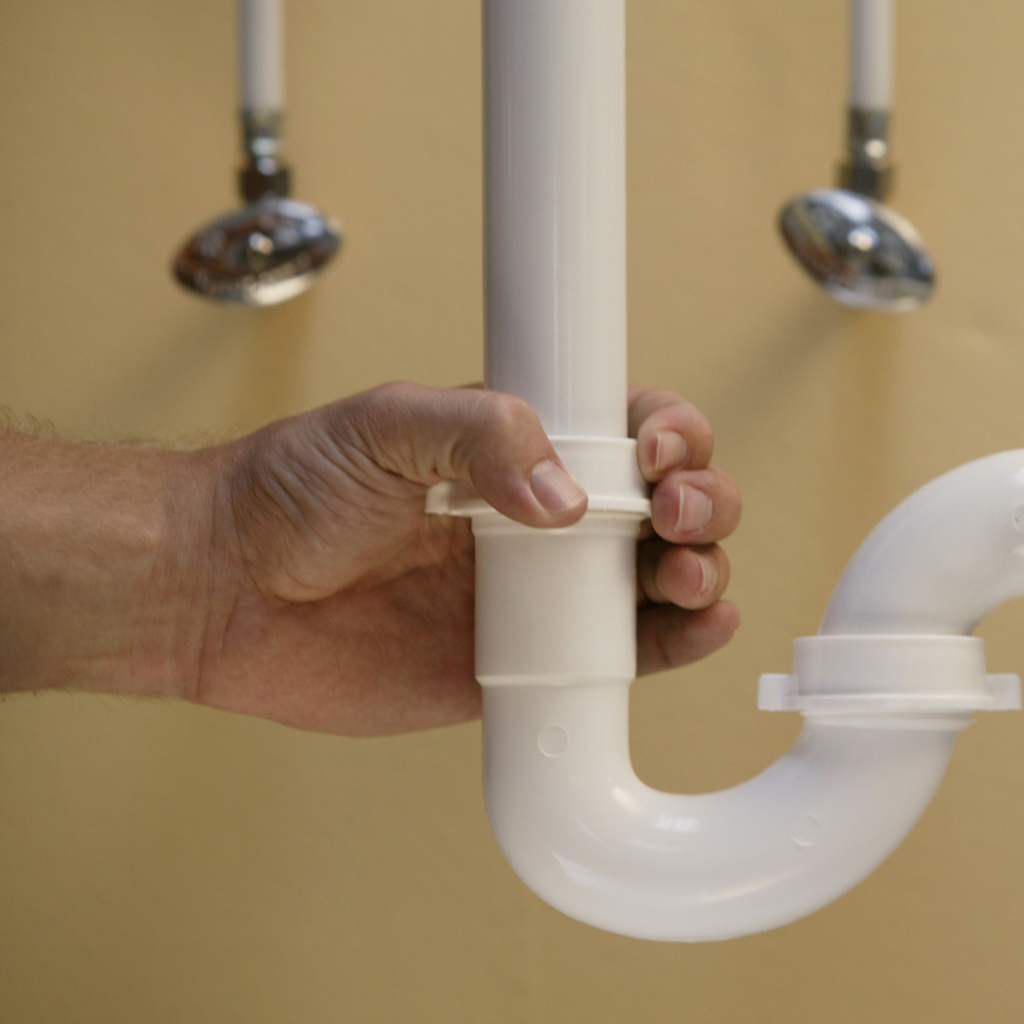
07 Dec A Texas Homeowner’s Guide to Different Types of Plumbing
Plumbing is an essential component of every Texan home, responsible for delivering clean water and managing wastewater. As a homeowner in the Lone Star State, it’s crucial to have a basic understanding of the different types of plumbing systems in your house. This knowledge can help you maintain and troubleshoot common issues, saving you both time and money. In this blog, we’ll explore the various types of plumbing systems commonly found in Texas homes and how they work.
1. Supply Plumbing
Supply plumbing is responsible for delivering clean, potable water into your Texas home. It comprises two main components: the water source and the distribution system.
Water Source:
- Municipal Water Supply: Most Texas homes are connected to a municipal water supply. This source provides a continuous flow of water and is generally treated to meet safe drinking standards.
- Well Water: Some Texas homes in rural areas rely on private wells, and homeowners are responsible for maintaining water quality through filtration and testing.
Distribution System:
- Pipes: Supply pipes in Texas are typically made of copper, PVC, or PEX. Copper is durable but more expensive, while PVC and PEX are cost-effective and easy to work with, making them well-suited to the Texan climate.
- Valves and Faucets: These control the flow of water throughout your Texas home and are crucial for shutting off water during repairs or emergencies.

2. Drain-Waste-Vent (DWV) Plumbing
DWV plumbing is responsible for the efficient removal of wastewater and gasses from your Texas home. This system operates on the principle of gravity and includes the following key components:
- Drains: These collect wastewater from fixtures like sinks, toilets, and showers.
- Waste Pipes: These carry wastewater from drains to the sewer or septic system.
- Vent Pipes: Vent pipes help let air into the plumbing system, which stops water from being mistakenly sucked out of sinks and toilets, ensuring that waste water flows away properly.
- Traps: Traps are the curved sections of pipes under sinks and other fixtures that prevent sewer gasses from entering your Texas home.
3. Gas Plumbing
Gas plumbing in Texas distributes natural gas to various appliances, including stoves, water heaters, and furnaces. Safety is paramount with gas plumbing, so always rely on professionals for installation, maintenance, and repairs.
- Pipes: Gas pipes are typically made of black steel or flexible copper or stainless steel tubing.
- Shut-off Valves: Each gas appliance should have its own shut-off valve for safety and convenience.
4. Hydronic Heating Plumbing
Hydronic heating systems in Texas use hot water to distribute heat throughout your home. These systems are energy-efficient and provide comfortable, even heating. Key components of hydronic heating plumbing include:
- Boiler: The boiler heats water and pumps it through a network of pipes to radiators, baseboards, or radiant floor heating.
- Circulation Pump: The pump circulates hot water through the system, ensuring warmth in your Texas home during those occasional chilly evenings.
- Radiators or Underfloor Piping: These are the heat emitters that provide warmth to your Texas living spaces.

Understanding Different Types Of Plumbing Is Essential
As a Texas homeowner, even moreso a new homeowner, understanding the different types of plumbing systems in your house is not only practical but essential. It can help you address minor issues, make informed decisions, and communicate effectively with plumbing professionals when necessary. Regular maintenance and occasional inspections are particularly important in the Texan climate. Always prioritize safety when working with plumbing systems, and for complex issues, seek the expertise of a licensed plumbing professional. You can always count on the professionals here at Quarter Moon Plumbing, A/C and Heating to help resolve your plumbing needs!

